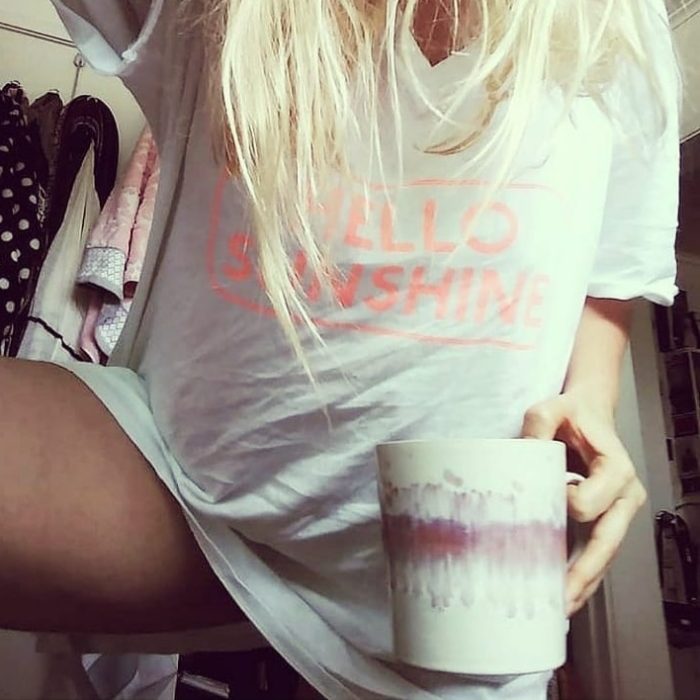“I am the woman who glows in the dark, I’ll stay awake forever if I have to.” ~ Elena Avila
~
When I was a young woman in my 20s, I felt unstoppable.
I was a scholar, an activist, and a serial-athlete. I was strong and confident. Still, I got nervous to hit tennis balls with new players because I worried if I was skilled enough to hit with them.
But, fast-forward: not only was I skilled enough, the men I played with had to back up when it was my turn to serve. They couldn’t always return it—I hit so hard my balls got stuck in the fence and the last guys I played tennis with gave me the appropriate nickname, “Maleficent.”
Yes, I was strong, capable, and unstoppable—that is, until my period hit.
In my youth, I didn’t just get bad cramps. My cycle had the ability to be completely debilitating, knocking me from being happily vertical to writhing in pain horizontally. I’d vomit, blackout, be unable to walk or drive myself, and my cramps hurt so bad that it felt like my insides were separating—and I thought, am I dying?
I remember walking across the gorgeous SDSU campus in the morning sipping on a fruit smoothie and by lunch time, I was wiping out so hard surfing the crimson wave that I had to go home and get into bed, thus missing my afternoon classes. This is how college went for me. One time, my cycle hit really hard my first day on a new job. I was vomiting in the bathroom and was beyond mortified to have to go home sick on the first day of work!
Luckily, I made the best decision in choosing an eclectic major. I was actually very sad to graduate because there were women’s studies classes that I didn’t get to take—I wanted to take them all! But I did take a life-changing women’s studies class called “Latinas in Las Americas.” I’m fascinated by the evolution of the Hispanic heritage and the way it has informed and influenced my life as a white woman heavily steeped in Western medicine.
My Latin American textbooks introduced me to Curanderismo.
You probably know what a Curandera/o is from the term, “Medicine Woman”—which is an incorrect, Western take on the ancient physical and spiritual Aztec healing arts. In this class, I would come across the cure for my monthly incapacitating episodes that Western medicine still labels as “sick,”—but is menstruation a sickness or a cycle? See, I don’t think it should fall under a sick day; it’s a female-specific circumstance. We need to wrap our definitions around women, not wrap women around our narrow, inappropriate definitions.
The cure: hot/cold therapy is an ancient healing art that utilizes food as medicine.
You see, there’s a reason you crave comfort foods on your period—pizza, pasta, carbs, salt. Our bodies are more sensitive than we comprehend, but Curanderismo knows this. It knows that heat makes things expand and cold makes things contract. We need heat to help expand, loosen, and shed our monthly lining. So that morning smoothie when my cycle started was like rubbing ice cubes on my uterus. Have you ever hurt your hand when it’s cold outside? The pain is tenfold.
I began to be conscious and deliberate about what I put into my body while on my cycle. I used temperature hot as well as spicy hot foods and didn’t allow myself any salads, smoothies, or ice cream that week. Not even cold water. To my sweet relief, my periods stopped possessing me and they became a normal annoyance that allowed me to get through my entire day.
I continued to study food as medicine and discovered that the Chinese assign a temperature to every plant and food: hot, warm, neutral, and cold. Most Western doctors don’t study food as medicine. They touch on nutrition a little in medical school, but has your doctor ever written food instructions as part of your prescription? Maybe we should start asking them to. They’re expert researchers—let’s start asking our medical providers to incorporate what ancient wisdom has known all along: that Midol doesn’t cut it. I’d rather have a delicious, spicy soup or a warm raspberry cobbler than a pill, wouldn’t you?


 Share on bsky
Share on bsky





Read 2 comments and reply